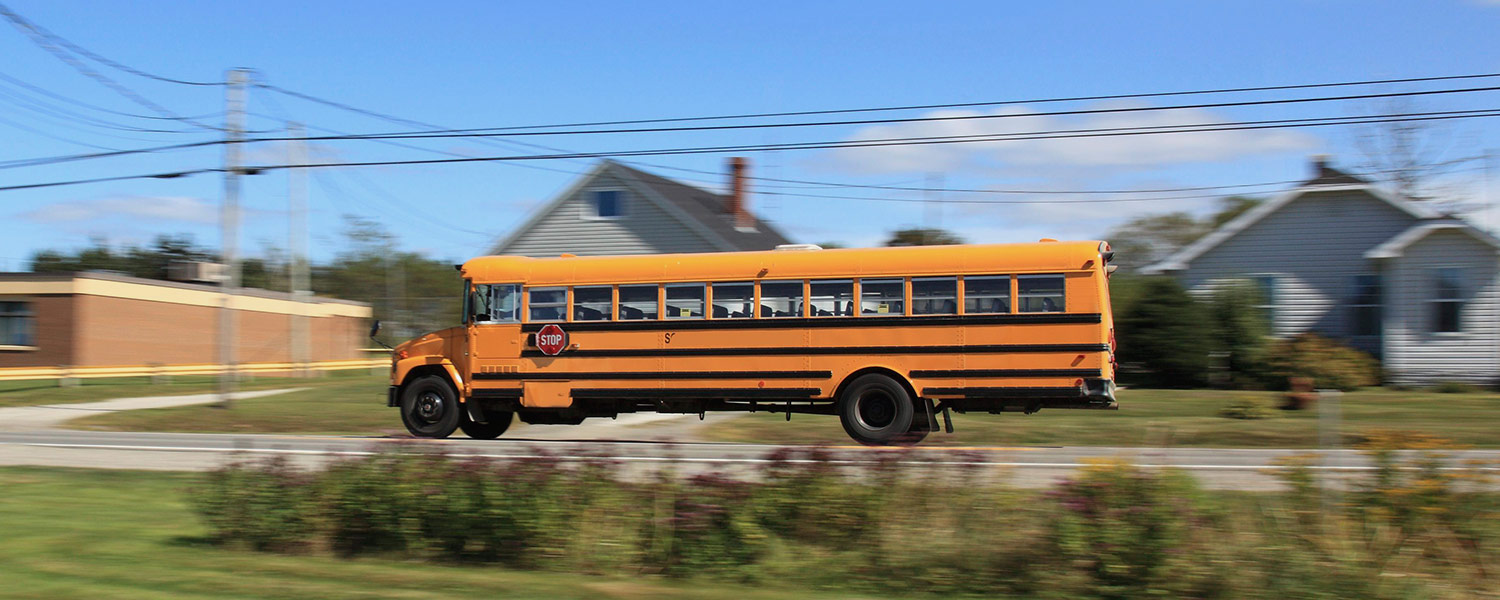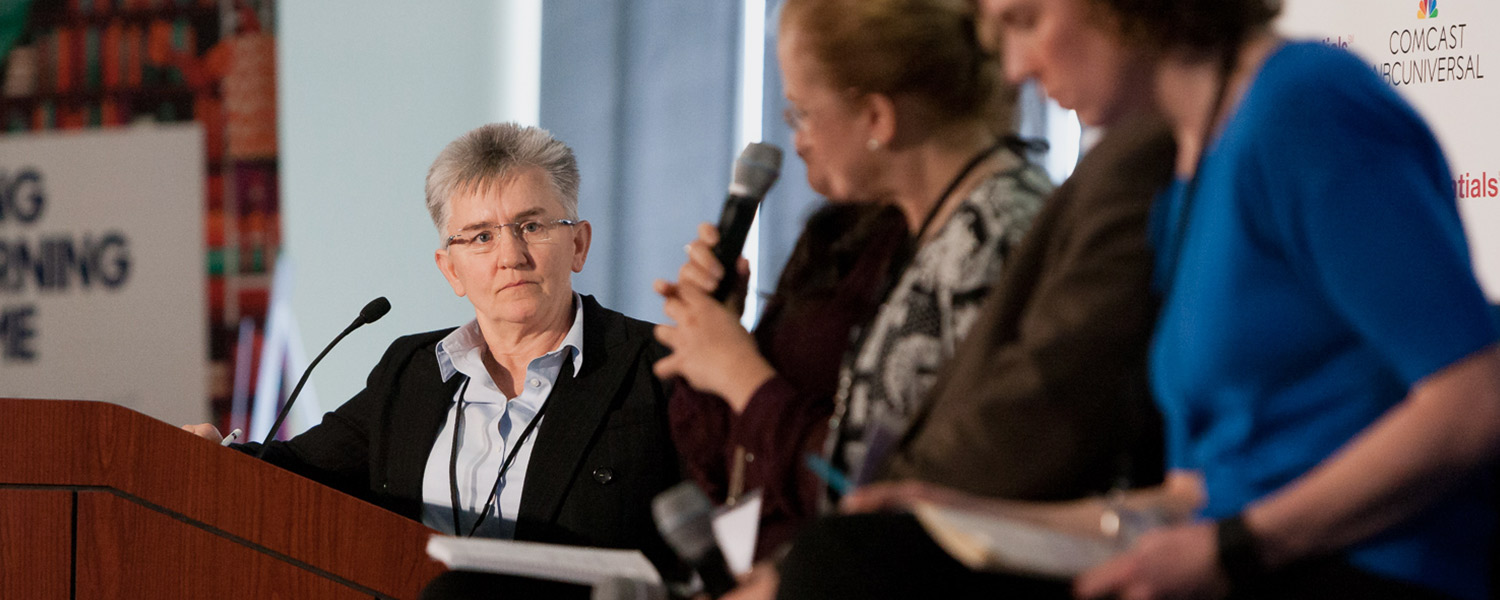
Students in rural schools often have less access to STEM opportunities than their peers in urban and suburban communities.
Nine million students in the United States—nearly 20 percent of the total K–12 population—attend rural schools. And for reasons ranging from teacher quality to shortages of resources, these students often have fewer opportunities for high-quality STEM learning than their peers in the nation’s urban and suburban schools.
EDC’s Pam Buffington has been helping educators in rural Maine improve mathematics teaching and learning for over three decades. Her big takeaway? Rural schools do face real challenges but are well situated for innovation in STEM learning and teaching, too.
"Though rural schools have struggled to offer high-quality STEM courses, opportunities for rich STEM learning abound in rural areas."
– Pam Buffington
Buffington: School-based opportunities have historically been limited. Many rural districts do not offer Advanced Placement or STEM elective courses due to the small numbers of students and available staff. Students’ participation in STEM-related extracurricular clubs is also rare because of long commutes and limited transportation options. These limitations matter: student expectations in science and math have been increasing steadily, and STEM learning opportunities are essential for all students.

EDC’s Pam Buffington (left) researches innovative ways to deliver STEM education in rural communities.
Buffington: It is hard for rural schools to attract and retain teachers who have had pre-service training experiences in rural schools. This is especially pronounced in the STEM fields where teachers are in high demand—they can easily leave rural posts for better-paying positions in more populated communities.
Rural teachers often have to teach multiple classes within a discipline as well. For example, I’ve worked with entire middle and high schools in Maine that have just a couple of science or mathematics teachers. These teachers may be tasked with teaching courses that are outside their specific certification area, limiting their effectiveness.
Buffington: One option is online learning. Researchers from the REL Northeast & Islands at EDC have found that online courses can increase access to high-quality STEM courses for students in rural communities. They also found that in one New York district with a high percentage of rural schools, over half of surveyed schools were using online learning, primarily for credit recovery purposes. So we have seen that interest in using online courses is definitely on the rise and that it can work.
Buffington: We’re finding that researcher and practitioner collaborations can have a big impact. In Auburn, Maine, I’ve been working with K–2 teachers to implement technology-based tools to support mathematics learning and teaching. It has been a great partnership. Evidence shows that these teachers have adopted practices that improve student learning, like supporting students’ perseverance in problem solving and increasing students’ ability to communicate and reason mathematically. We’re really seeing gains for students, especially for previously low-performing students.
Buffington: Though rural schools have struggled to offer high-quality STEM courses, opportunities for rich STEM learning abound in rural areas. One model is place-based education, which connects the ecosystems of school and community through STEM. So, for example, students may analyze water samples to estimate trout populations in a local stream, raise and study plants in a school garden, or create and use small wind turbines that help power the school. It’s a powerful model because students can develop their science and math skills within the rural context and contribute to the health and vitality of their community.